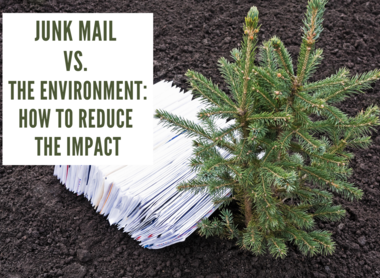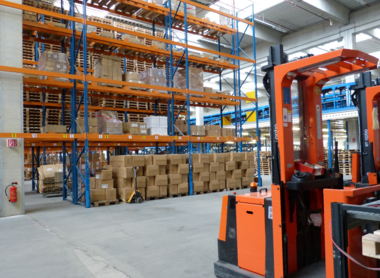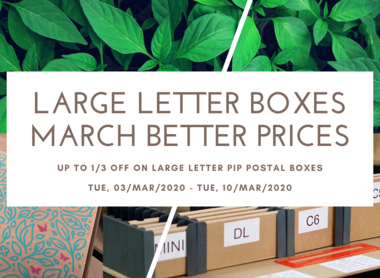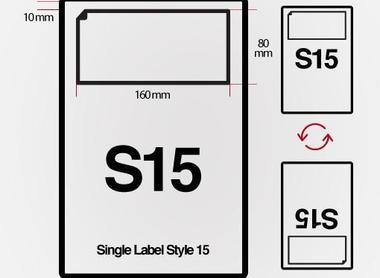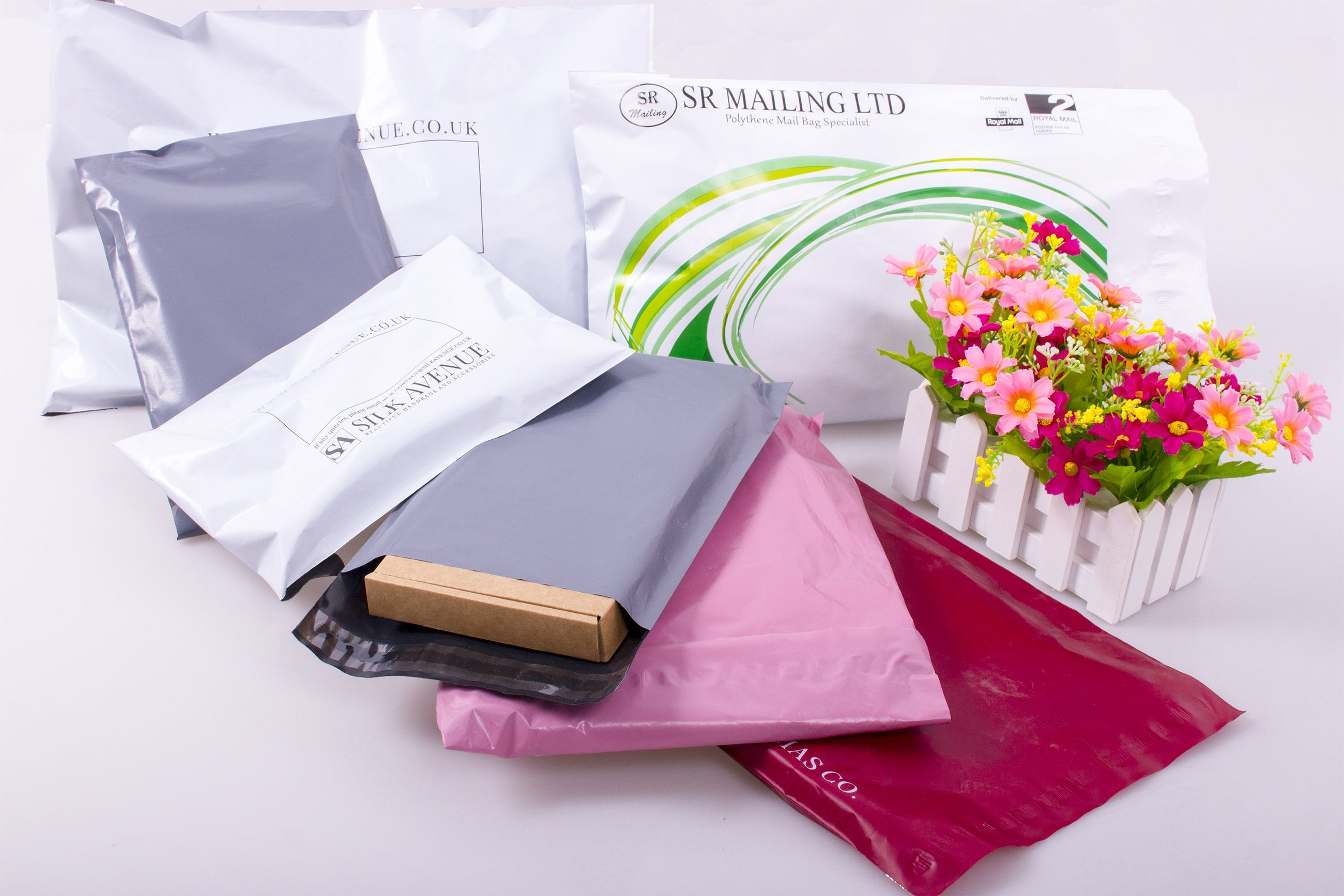The Ultimate Guide To Ecommerce Shipping And Fulfilment
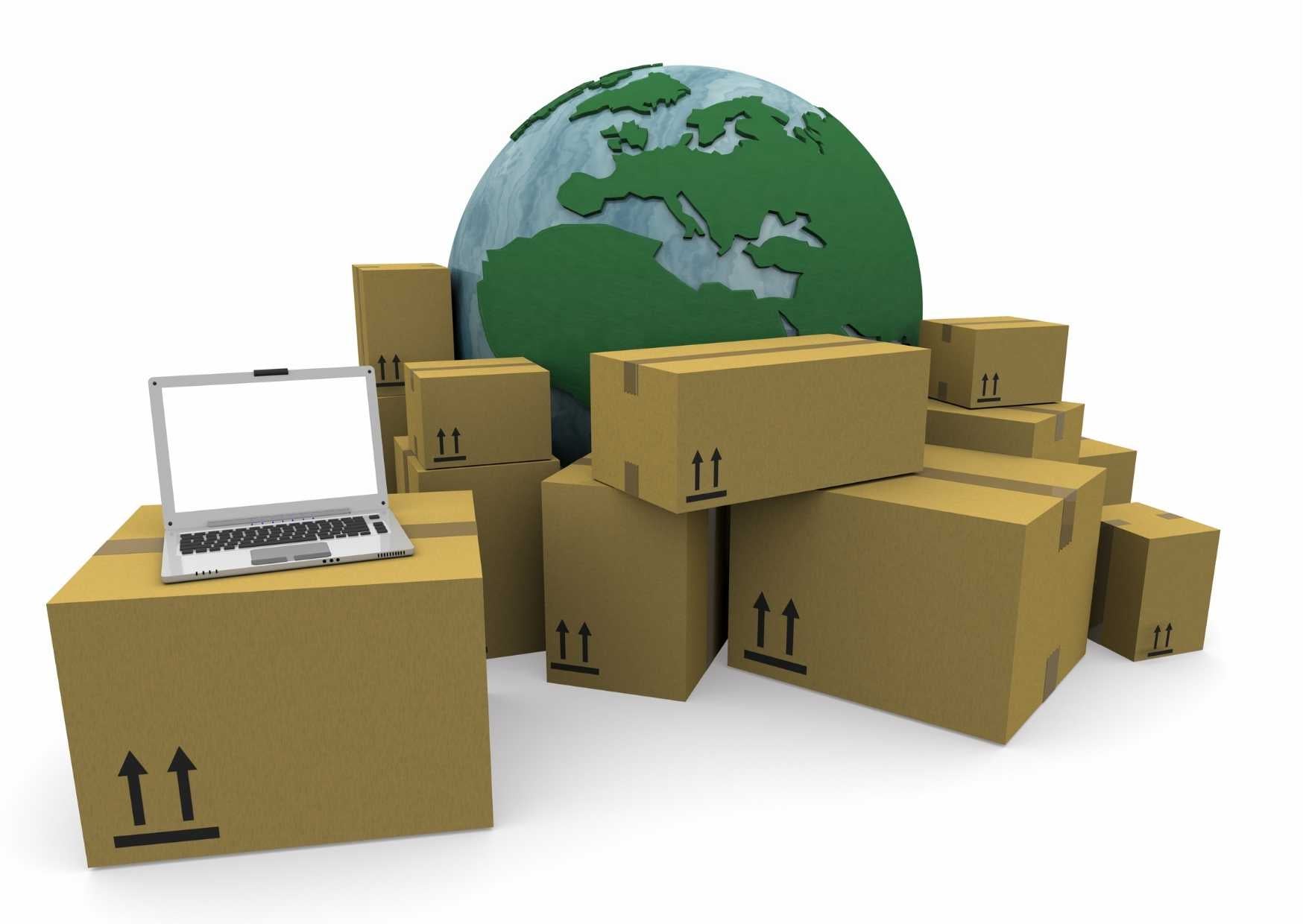
Why Is Shipping So Important for Ecommerce Businesses?
When they place an order from an online retailer – whether they do so via a retailer’s website, a marketplace, or through a social media post – they simply don’t separate the retailer from the shipping company. That means that if they receive their package late, the package is damaged in transit, or is never delivered, they’re going to complain to you. Although the shipping service is delivering on your behalf, it is your business that they engaged with to make their purchase and fulfil their order.
So, when something goes wrong with shipping, you need to resolve that issue for your customer. In the best case scenario, you’re going to receive calls, emails, or DMs (direct messages) to your social media accounts, that you will need to reply to and resolve – which of course, may cost you money if you need to replace an item. At worst, you might receive negative reviews against your Google Business listing, on review websites like Trustpilot, and of course, on your social media posts – and in the worst case scenario, on more than one, or all of those channels!
Even if you’re not particularly busy, you don’t want to have to spend time replying to customers and placating them – that’s time you can be better using identifying new opportunities for your business. But since so many customers refer to reviews before making a purchase decision, you can’t afford to not reply – because each time you reply to a customer, you’re giving other customers evidence that you are a business that they can feel confident to work with.
Ecommerce Shipping Statistics That You Need To Know
The global ecommerce market is expected to total $4.89 trillion in 2021
The UK is the third largest ecommerce market after the US and China, with an expected $169 billion in sales this year
There are more than 3.8 billion parcel shipments in the UK each year
Click and collect turnover in the UK is expected to surpass €11.9 billion
By February 2021, 71% of UK shoppers said they were shopping online more than before
Just 74% of mid-market retailers ship internationally
Global shipping volume is expected to reach 200 billion parcels by 2025

Free Shipping
Whether you decide to offer free shipping or not is such an important decision. Certainly in the UK, for many customers free shipping is expected to be the default, and some customers will look for a listing that has free shipping rather than paying additional – even if the overall cost of paying for shipping is lower. They are likely to be prepared to wait for a few days if it means that they can get free shipping too – while customers that need their order sooner may be prepared to pay for expedited shipping.
Contrary to popular belief though, offering free shipping isn’t necessarily as simple as adding the cost of the shipping onto the price you charge the customer though. If you decide it is the right move for you, then there are a few options to making shipping free:
- Using the method we just mentioned – adding the cost of shipping to the price of the product
- You absorb the cost of shipping – so it is paid for from the profit margin you make on each product
- You use a combination of these methods – increasing prices a little, so that your profit margins aren’t hit quite as much
- Only offer free shipping on orders over a certain amount (this encourages customers to add more items to their cart to ensure they get free shipping)
- Provide free shipping for customers that are members, subscribers, or hold a VIP status on your website (however you determine that they become VIPs)
- Send codes in promotional emails as an incentive to allow loyal customers to access free shipping
- Offer free shipping on only the least expensive (usually the slowest) shipping options
- Send time-bound free shipping codes to customers that have abandoned their carts
While many customers will only buy from companies that don’t charge extra for shipping, there are many businesses that are successful by offering their customers different shipping rates – so let’s take a look at the options for paid shipping.
Paid Shipping Options
If you decide to work with shipping as an additional cost, you’ll need to be incredibly clear about it on each product listing, otherwise – as we mentioned before – you’re likely to see higher rates of cart abandonment. You might want to consider displaying the cost of the item with postage, and maybe even using functionality that allows different prices to be display depending on the type of shipping the customer prefers, and where they are in the world, if you’re shipping internationally.
Reactive Shipping
Reactive shipping pricing is where you offer the best price you can get for shipping at that particular point in time. You’ll be able to offer this on your website, particularly if the website builder that you used to build your website has integrations with shipping services.
Offering this type of shipping may be more difficult to implement if you’re selling purely through marketplaces, especially if integrations offering automation aren’t available.
Flat Rate Shipping
If you’re going to charge for shipping, you can make it simple to manage by setting a flat rate for shipping. This means that all customers pay the same amount for shipping their orders.
This is likely to work best for businesses that have inventory that are all similar shapes, sizes, and weights. If you’re selling a wider variety of products, that are different sizes and weights, flat rate shipping is less likely to be effective – customers buying a pair of earrings won’t want to pay the same shipping cost as another customer buying a complete luggage set!
Local Delivery And Collection
Although collection isn’t strictly a shipping option, it is definitely worth considering, and if you have the capacity, it can be a great option for businesses that have plenty of customers in the local area.
There are a few things you’ll need to consider before you offer these options. If you’re offering free local delivery within a certain distance, then you’ll need to configure your website accordingly – usually postcodes are the simplest solution here. And if you’re going to allow members of the public to visit you at your premises – even for collections at the door – you’ll need to conduct the appropriate risk assessments, and may need to invest in additional insurance to cover you in case of accidents.
How Can You Calculate Shipping Costs?
Different couriers and postal services use different factors to calculate the cost of shipping, such as the size, and the weight of the package, as well as the address the package is being sent from, and to. They also cost different amounts depending on how quickly you, or the customer, want the package to be delivered.
Throw in other factors like optional tracking, insurance, whether the package requires a signature or not, and you can see why businesses tend to find one service that they understand, and stick with it – even if that means they end up paying over the odds.
To give you an idea of costings for different couriers, here are some links to different shipping calculators and costs:

How To Choose Postal Services And Couriers
There is no such thing as the ‘best courier in the UK’ – since it really depends on what you need your shipping service to do for you. There are so many different shipping service providers that you can use, and depending on the service you need, you may need to shop around for different rates. However, the most popular shipping options for online stores in the UK are:
Click and collect – 52.9%
Royal Mail – 31.9%
DPD – 30.2%
Hermes – 23.1%
DHL – 9.2%
While this gives you an idea of which carriers may have the right type of cost and service for your business, don’t assume that Royal Mail or DPD are definitely the right solution for you simply because they’re the most popular. If your business has different requirements – for example, if you have products that need specialist handling, you need faster delivery options, or you’re sending overseas – then a different shipping company may be a better option.
Not only that, but you may need to use a number of shipping services for orders with different requirements. Managing this manually can be complicated, which is why many businesses are now turning to multi carrier services.
What Are Multi Carrier Services?
There are now a number of services that allow you to access the best possible pricing for shipping, and take care of shopping around for the best rates from different services – these are known as consolidators, or multi carrier services.
They’re able to help businesses to get much better rates on shipping from a range of couriers, because they collect parcels from multiple businesses together before sending. That means they are able to make the most of mailing in bulk, and access lower prices for you – much like buying stock in bulk is cheaper. And because they deal with the shipping services daily, if you encounter issues with a certain shopping provider, they will be much better equipped to help you resolve those issues – they’ll have account managers that they can speak with, that smaller businesses don’t have access to.
They’ll also ensure that they can send your packages using different services for different sized packages, and different speed of delivery, which saves you the time and hassle of having to establish which services are best for you.
The more established multi carrier services have created automated integrations that mean (once the integration is set up) that you don’t have to do any manual processes – which is perfect for eliminating mistakes and helping your day run more smoothly! Information about the packages that you need to send is delivered to the service automatically. Once tracking information is generated in the courier’s system, that is automatically passed to whichever channel the order came from – whether that’s Amazon, eBay, your website, or somewhere else entirely. Generally, there are integrations available to link to warehouse management systems and order management systems too.
Possibly the greatest thing about multi carrier services – in addition to the fact that they are able to save you money – is that many of these services offer free daily collection from your warehouse. That means you are free to get on with running your business instead of needing to go to the Post Office.
When searching for a multi carrier service, look for one that specialises in ecommerce businesses. Not only will their system be much more likely to integrate with the sales channels that you have chosen to sell on, but they understand the needs of retailers and customers.
Some of the biggest multi carrier services in the UK include:
ShipStation – An international company with offices across North America, Europe, and Australia
Parcelhub – Part of the Whistl Group, with free multi-carrier shipping software
GFS – connecting with over 1000 carrier services and with an enterprise carrier management suite
What Do I Need To Do About Tracking Information?
Most of us like to know where our packages are, and when we can expect them to be delivered – and your customers are the same. It really is an essential step, and so you can’t neglect it.
If you’re working with mainstream shipping providers, and you’re using their integrations, then there’s a good chance that you won’t need to do anything at all to update your customers with their tracking information. Using APIs, tracking numbers will be sent to your sales channels and be displayed in their accounts automatically, but with smaller carrier services, there may be manual processes required.
While tracking information might be sent directly to customer accounts on marketplaces, sending them emails when tracking information has been updated is important. You don’t have many opportunities to make contact with your customers as an online retailer, but this is one of them! Setting up emails to be sent automatically with tracking information contained in them, and a link to the shipping provider’s tracking page isn’t just about letting them know their parcel is on the way. It will also help to build brand recognition, to ensure customers don’t feel abandoned, and can help to build a positive impression of your brand.
How Is Shipping Overseas Different To Shipping Within The UK?
Although international shipping is getting easier than ever, there are definitely more things to consider than shipping within the UK.
- There will be a much longer delivery time, and so you’ll need to manage customer expectations more carefully
- You’ll also need to consider if there are import charges, and how you’re going to manage those costs
- Some countries (such as where conflict is taking place and so on) it isn’t possible to guarantee delivery to
- Tracking may not be available outside the UK for some shipping services
- More robust packaging may be required to withstand being moved across different processing centres
Since not all shipping services will provide international shipping, you may need to use different companies for your international shipping – which is where multi carrier services offer yet another advantage.

Plan Ahead For Peak Periods
When customer service is key for the success of your business, then you absolutely have to get it right – there are no two ways about it. During peak periods such as Christmas, when fast delivery is essential and your customers want their orders delivered by a specific day (usually December 24th!) you simply cannot risk poor service from your shipping service. As we’ve already talked about, poor service equals poor reviews, and poor reviews are really time consuming to deal with – not to mention potentially putting off customers during peak season.
With that in mind, even if you’ve had a great experience with a particular courier service up until now, it is always a good idea to have a contingency plan in place in case your existing service lets you down. Whether that looks like having an account with another shipping service ready just in case, or switching to use a multi carrier shipping service during peak season, having a Plan B in place for those busy times means that your customers will always receive their orders on time.
Should I Insure My Packages?
Insuring your parcels might seem like a waste of money, particularly when the cost of the items that you’re sending is relatively low. For an inexpensive item, it might be more cost effective to simply to send the order again if it arrived damaged, or not at all. But if you start to encounter large numbers of lost packages, or you’re dispatching expensive items that get lost, that can really start to impact your profits.
You might assume that, since you’re paying for the shipping service to deliver the items, that they’re well taken care of. But there are quite literally millions of packages being sent every single day, and so the chances of something happening to a large percentage of those packages are high. You only need to check reviews for different postal services and couriers to see how many customers complain about them on a daily basis.
While you might not be responsible for the package being lost, when you sell an item, your customer will return to you if they don’t receive it in good time, and in good condition. If they don’t get that experience from you, they’re going to come back to you for a refund or to have the product reissued, and potentially start leaving complaints.
Since having insurance for your packages means you’re able to claim back the cost of lost or damaged products, it is well worth looking at the right options for you.
What Is A Fulfilment Service?
A fulfilment service is a company, or service provider that stores, prepares, and ships customer orders for your business. The fulfilment provider will take delivery of your stock from your suppliers, and inspect the products to ensure there aren’t any damaged items. They’ll add SKUs or bar codes (assuming they aren’t already in place) and then they’ll store them until they receive orders from your system. Once they receive orders, the fulfilment team will process the orders for you in much the same way you do, packing them appropriately, ready for shipping. They may have arrangements with couriers to collect parcels throughout the day, or there may be one big collection of parcels at a designated point in the day.
This type of service is great if you’re just about to scale up your business, or if you are receiving more orders than you have capacity for, since you won’t need to have space in your warehouse, or employ additional staff to be able to pick, pack and dispatch the orders. You’ll pay for the service of course, but the cost is likely to be minimal in comparison with the costs associated with scaling up, and can give you a bit of breathing room in the meantime.
Is A Fulfilment Service Right For My Business?
Only you will be able to make this decision, but there are some good reasons to use fulfilment services. As we’ve already mentioned, if your business is getting to the point of scaling up, but isn’t quite ready to invest in additional warehouse space, then using a fulfilment service can help you to get to that point. That’s because it costs a lot to scale up, and in comparison with the cost of scaling up, fulfilment services are relatively inexpensive to use – although they do come at a cost, and so orders processed by the fulfilment service may impact on your profit margins for those items.
There are other reasons to use fulfilment services though, such as:
- You want to be able to focus on other parts of your business that will increase your profits, such as marketing
- Reducing costs, such as staffing or warehouse costs
- Reducing the cost of shipping – fulfilment services that dispatch high numbers of packages may be able to leverage better pricing from couriers and postal services
- If you’re starting to incorporate sales of stock you hold in addition to dropshipping, then you may decide to use a fulfilment service temporarily while you’re preparing your premises
- You, or your staff are unable to process orders due to illness or injury
These aren’t the only reasons that you should consider a fulfilment service – but they’re good reasons to consider one.
Is Packaging Really All That Important?
Absolutely. Although you might assume that customers don’t pay attention to outer packaging, be assured that they most definitely do – and if your business sells aspirational, or luxury products, then your outer packaging is even more important.
Firstly, you’ll need to think about the practical considerations. Does the item need to be cushioned? Do you need to protect the product from moisture? Cardboard mailing boxes are a good option for most items, but you may need to consider using polythene mailing bags if keeping the contents of the package dry is essential.
Should We Add Branding To Our Packaging Materials?
The packaging that you choose should definitely be considered part of your marketing efforts, and even more so if you want to help increase brand awareness and repeat custom. The majority of the population will be aware what an Amazon package looks like, and so they know when their orders have arrived.
Amazon don’t put a huge amount of branding on their packages, and that will have been a conscious decision that was taken after plenty of research! If your business is new, you’re working with tight margins, and you don’t have a significant budget for packaging, then there is nothing wrong with simply using branded tape on the outside of your packages to keep costs minimised.
If you are looking at branded packaging solutions and you’re looking for sustainable options, get in touch with us. We are able to customise packaging options such as mail bags and boxes, which means that you can present your brand in the best possible light when your customer receives their order. Even if you ultimately decide to opt for plain boxes, you can build brand recognition by opting for bespoke tape. Depending on the design you choose, your target customer, and your other branding, can be an option that is both cost effective, and build brand recognition with your customers.
What About Inner Packaging?
Inner packing material is important too, particularly if the outer packaging is just a little too big, or could be crushed and cause the product to be damaged. Bubble wrap and plastic void fill has been a popular option for a long time, since it provides an effective cushion for products in their packaging. Offcut filler paper and tissue paper, and other types of cushioning such as honeycomb paper roll are becoming more popular due to the reduced impact they have on the environment.
Why Is Sustainable Packaging Important?
We’re not talking about sustainable packaging yet again because that’s what we sell. We’re passionate about reducing global warming and climate change – and our range of sustainable and eco-friendly packaging is just one step in helping our planet. By supplying sustainable packaging, we’re making it easier for businesses to reduce the impact of their activity on the environment.
If you need reasons to choose sustainable packaging aside from the future of the planet? Well, despite what you might think – since ecommerce customers want their order as early as the same working day – many of them still want to be able to do their bit to be as eco-friendly as possible. That means that they want recycled packaging, and packaging that they can recycle again, or add to their compost bin.
While sustainable packaging will eventually become the norm, there are still many businesses that opt for whichever packaging is cheapest, or most convenient, without a thought about the impact that packaging has on the environment. That means that you can use the fact that you use recycled and recyclable packaging as part of your marketing strategy – and when customers are making purchase decisions, they’re more likely to opt for your business if they know they’ll be able to easily dispose of their packaging responsibly.
What Is The Right Type Of Packaging For My Business?
The type of packaging that is right for your business is a complex thing to decide. You’ll need to consider elements such as:
- Cost of buying the packaging – especially if you can’t buy in larger quantity packs to reduce the cost per item
- Size of your products
- Weight (every milligram counts if the shipping provider charges by weight!)
- Whether you need the packaging to be waterproof
- If cushioning is required
- The sustainability of the packaging solution
- If you require your packaging to be printed with your branding
These aren’t the only things you might need to think about, of course – there may be variables that are unique to your business, such as how fragile those packages are, how far they need to travel, and so on.
How Should I Label Packages?
It goes without saying that your packages should be labelled clearly, and to ensure this, you’ll need to be printing your labels. If you’re dispatching multiple parcels each day, handwriting labels isn’t going to scale well, and there’s too many opportunities for mistakes to occur. Most ecommerce businesses use order management software (and there are a lot of those to choose from!) which incorporate the ability to print shipping labels directly from customer orders, making it easier for you and your team to pick and pack the orders.
Handling Returns
While you’re thinking about getting packages to customers, you also need to bear returns in mind – and of course, shipping is a major part of that process too. The nature of ecommerce is that customers can’t experience the products that they are shopping for in person, which means that there is a greater chance of returns with ecommerce purchases than there are with in-store purchases. Not only that, but you need to have a great returns policy and arrangement – because up to 10% of cart abandonments are because the company has an unsatisfactory returns policy.
The fact is, in ecommerce, returns are unavoidable, even if you have a near-perfect product. As ecommerce continues to grow, so too will returns – and research suggests that ecommerce returns will cost a whopping $348 billion by 2023.
92% of shoppers say that they are more likely to buy from a retailer again in the future if they found the returns process easy. Since repeat custom is essential for online retailers to be successful in the long term, you can’t neglect getting your returns process set up, and made as simple as possible.
International returns present an even bigger challenge – so be sure you’ve taken all the steps you possibly can to minimise the chance of international returns, and create a separate international returns policy that allows for the delays that international shipping presents.

Our Final Thoughts
Shipping is a major part of your business, and there are so many things to think about each aspect of mailing orders. But it is well worth thinking carefully, and making the best informed decision about each aspect of the process, because in ecommerce you have so few touchpoints with your customers. The lack of touchpoints with customers means that it is important to make sure every point of contact is used as a potential marketing opportunity – and your shipping is definitely one of those opportunities to take advantage of.
If you’re just starting an ecommerce business and you’re unsure about the right packaging solutions for your business, then head for our website, visit our store in Manchester, or get in touch! We’re happy to discuss the packaging needs of your business, help you to design bespoke packaging and to help you get the most sustainable packaging solutions possible.














